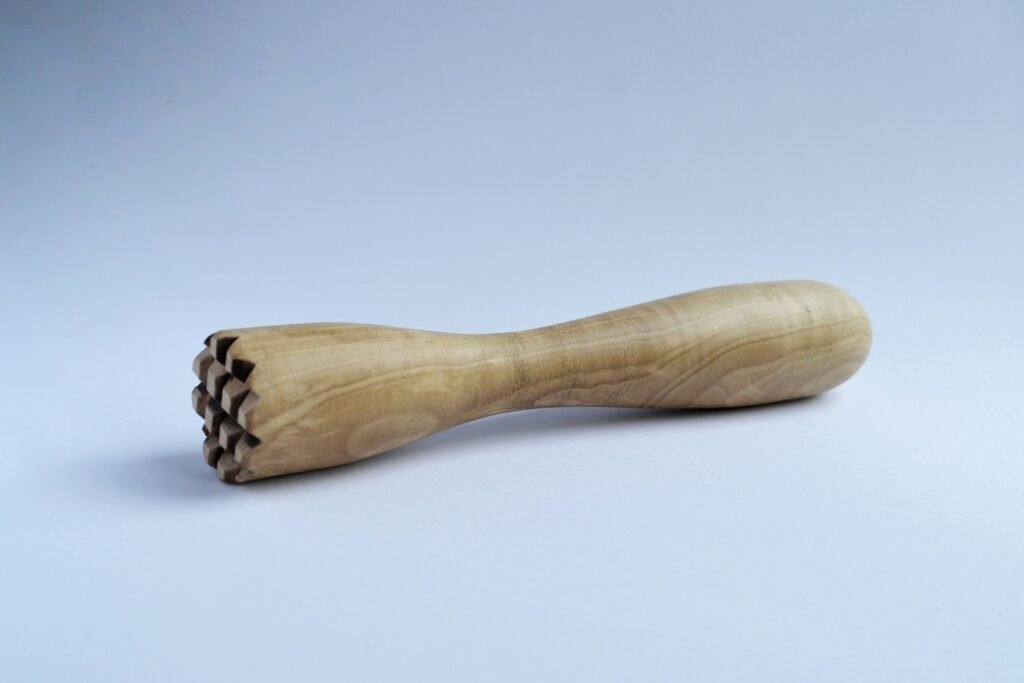Are you in need of wooden crates but unsure where to start? Look no further! In this article, we will highlight the top considerations you should keep in mind when selecting wooden crates. Whether you are in the shipping business, planning a move, or simply need extra storage, choosing the right wooden crates can make all the difference in ensuring the safety and security of your items. From size and weight capacity to durability and cost-effectiveness, we will cover all the essential factors that will help you make an informed decision. So, sit back, relax, and let us guide you through the process of selecting the perfect wooden crates for your needs.
Size and Dimensions
Internal dimensions
When choosing wooden crates, it’s important to consider the internal dimensions. This will depend on what you plan to store or transport in the crates. Measure the dimensions of your items to ensure they will fit comfortably inside the crates without any damage or shifting during transportation.
External dimensions
In addition to the internal dimensions, you should also consider the external dimensions of the wooden crates. This will determine how many crates you can stack and how much space they will occupy during storage or transportation. Make sure the external dimensions are suitable for your specific needs and allow for easy handling and stacking.
Weight capacity
Another important consideration is the weight capacity of the wooden crates. You must ensure that the crates can safely support the weight of your items without any risk of breaking or collapsing. Check the weight capacity specifications provided by the supplier and choose crates that can handle the weight of your items.
Material and Construction
Type of wood
The type of wood used to construct the crates will greatly impact their quality and durability. Common types of wood include pine, plywood, and hardwood. Each type has its own strengths and weaknesses. Pine is affordable but may not be as durable as plywood or hardwood. Plywood is often used for its strength and stability. Hardwood, such as oak or maple, is known for its durability but may come at a higher cost. Consider your specific needs and choose the type of wood that best suits your requirements.

This image is property of images.unsplash.com.
Quality and durability
When selecting wooden crates, it’s essential to consider their overall quality and durability. Look for well-constructed crates with sturdy joints and reinforced corners. High-quality crates will be able to withstand rough handling, stacking, and transportation without compromising the safety and integrity of the items inside. Ensure that the crates are built to last and can withstand various environmental conditions without warping or deteriorating.
Design and Style
Open or closed slats
Wooden crates can come with either open or closed slats. Open slats allow for better airflow, which can be beneficial for certain items, such as fresh produce or perishable goods. Closed slats, on the other hand, provide more protection and privacy for the items inside. Consider the nature of the items you plan to store or transport and choose the design that best suits your needs.
Handles and attachments
The design of the handles and attachments on wooden crates can greatly impact their usability. Look for crates with sturdy and comfortable handles that make it easy to lift and carry the crates. Attachments, such as locks or clasps, can also be helpful in securing the items inside and preventing any accidental openings during transportation.
Customization options
If you’re looking for a more personalized touch, consider the customization options available for the wooden crates. Some suppliers may offer the option to add logos, labels, or specific paint colors to match your branding or labeling requirements. Customization can enhance the professional appearance of your crates and make them easily identifiable.
Packing and Protection

This image is property of images.unsplash.com.
Internal cushioning
To ensure the safety of your items during transportation or storage, it’s crucial to consider the internal cushioning of the wooden crates. Look for crates that provide adequate padding, such as foam inserts or dividers, to protect fragile or delicate items from damages. Proper internal cushioning will help prevent any shifting or movement of the items inside, reducing the risk of breakage.
Protective coatings or treatments
Some wooden crates may come with protective coatings or treatments to enhance their durability and resistance to moisture, pests, or other environmental factors. These coatings or treatments can provide an extra layer of protection and extend the lifespan of the crates. Consider whether you need such additional protection, especially if you plan to use the crates in humid or harsh conditions.
Load and Transportation
Weight of the crate
The weight of the wooden crate itself is an important factor to consider, especially if you plan to transport them frequently. Heavier crates can be more difficult to handle and may incur higher transportation costs. On the other hand, lighter crates may be more prone to damage if they are not sturdy enough. Find a balance between weight and durability to ensure optimal handling and transportation.
Stackability
If space is a concern, it’s essential to choose wooden crates that are stackable. Stackable crates allow for efficient utilization of storage or transportation space, reducing the overall footprint. Look for crates with interlocking corners or a design that enables stable stacking without compromising the structural integrity of the crates.

This image is property of images.unsplash.com.
Handling requirements
Consider the handling requirements of the wooden crates when making your selection. Are there any specific tools or equipment needed to load or unload the crates? Will you require the assistance of additional personnel or machinery? Ensure that the crates can be easily handled and transported with the resources available to you, avoiding any unnecessary complications or safety risks.
Budget and Cost
Price range
Wooden crates can vary in price depending on their size, material, and quality. It’s crucial to determine a budget range that aligns with your needs and resources. Consider the quantity of crates you require, and if possible, request quotes from different suppliers to compare prices. While it’s important to stick to a budget, remember that quality and durability should also be taken into account to ensure the best value for your money.
Longevity and value for money
When considering the cost of wooden crates, it’s essential to evaluate their longevity and value for money. Cheaper crates may save you money initially but could require replacement more frequently if they are not durable enough. Investing in higher-quality crates that offer longer lifespans may provide better value in the long run, as they will require less frequent replacements and maintenance.
Regulations and Standards
ISPM 15 compliance
It’s important to ensure that the wooden crates you choose comply with the International Standards for Phytosanitary Measures No. 15 (ISPM 15) if you plan to use them for international shipping. ISPM 15 regulations aim to prevent the spread of pests and diseases through wood packaging materials. These regulations require wooden crates to undergo specific heat treatment or fumigation processes. Check with your supplier and confirm that their crates meet the necessary compliance standards.
Export requirements
If you intend to export goods using wooden crates, it is crucial to consider any additional export requirements that may apply. Different countries have specific regulations and standards that must be met to ensure smooth customs clearance. Verify the export regulations with the relevant authorities or consult with an experienced freight forwarder to ensure compliance and avoid any potential delays or penalties.
Environmental Impact
Sustainability of wood source
In today’s environmentally conscious world, it’s important to consider the sustainability of the wood source used for the crates. Look for suppliers that follow responsible and sustainable forestry practices, ensuring the wood is sourced from well-managed forests. Some suppliers may also offer crates made from recycled or reclaimed wood, further reducing the environmental impact.
Recyclability and reusability
Wooden crates are known for their recyclability and reusability, making them an eco-friendly option. After their useful life, wooden crates can be repurposed, recycled, or even composted. Consider the end-of-life options for the crates you choose and opt for materials that align with your sustainability goals. Choosing recyclable or reusable crates not only helps the environment but can also lead to cost savings in the long run.
Supplier and Customization
Reputation and experience
When selecting a supplier for wooden crates, it’s essential to consider their reputation and experience in the industry. Look for suppliers with a proven track record of delivering high-quality products and excellent customer service. Read reviews or seek recommendations from other customers to ensure you’re dealing with a reliable and trustworthy supplier.
Lead time for custom orders
If you require custom wooden crates to meet your specific needs, it’s important to inquire about the lead time for custom orders. Customization can add additional time to the production process, so plan accordingly and communicate your requirements clearly to the supplier. Ensure that the lead time fits within your timelines and allows for any necessary adjustments or modifications.
Customer Reviews and Recommendations
Researching customer feedback
Before making a final decision, it’s valuable to research customer feedback and reviews regarding the wooden crates and suppliers you are considering. This information can provide insights into the overall quality, reliability, and customer satisfaction associated with specific products and suppliers. Check online platforms, forums, or social media groups to gather unbiased opinions and experiences from other customers.
Seeking recommendations
In addition to researching customer feedback, reaching out to industry peers or professionals for recommendations can also help inform your decision. Seek recommendations from individuals or companies that have experience with wooden crates and have successfully used them for similar purposes. Their firsthand knowledge and insights can provide valuable guidance and help you make an informed choice.
In conclusion, selecting the right wooden crates involves careful considerations of various factors. Assessing the size and dimensions, material and construction, design and style, packing and protection, load and transportation, budget and cost, regulations and standards, environmental impact, supplier and customization, as well as customer reviews and recommendations are all crucial steps in choosing the right wooden crates for your specific needs. By taking the time to evaluate these factors, you can ensure that your wooden crates will meet your requirements, offer optimal protection for your items, and provide long-lasting value.
